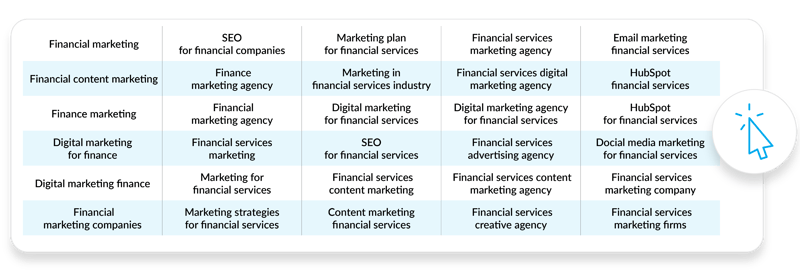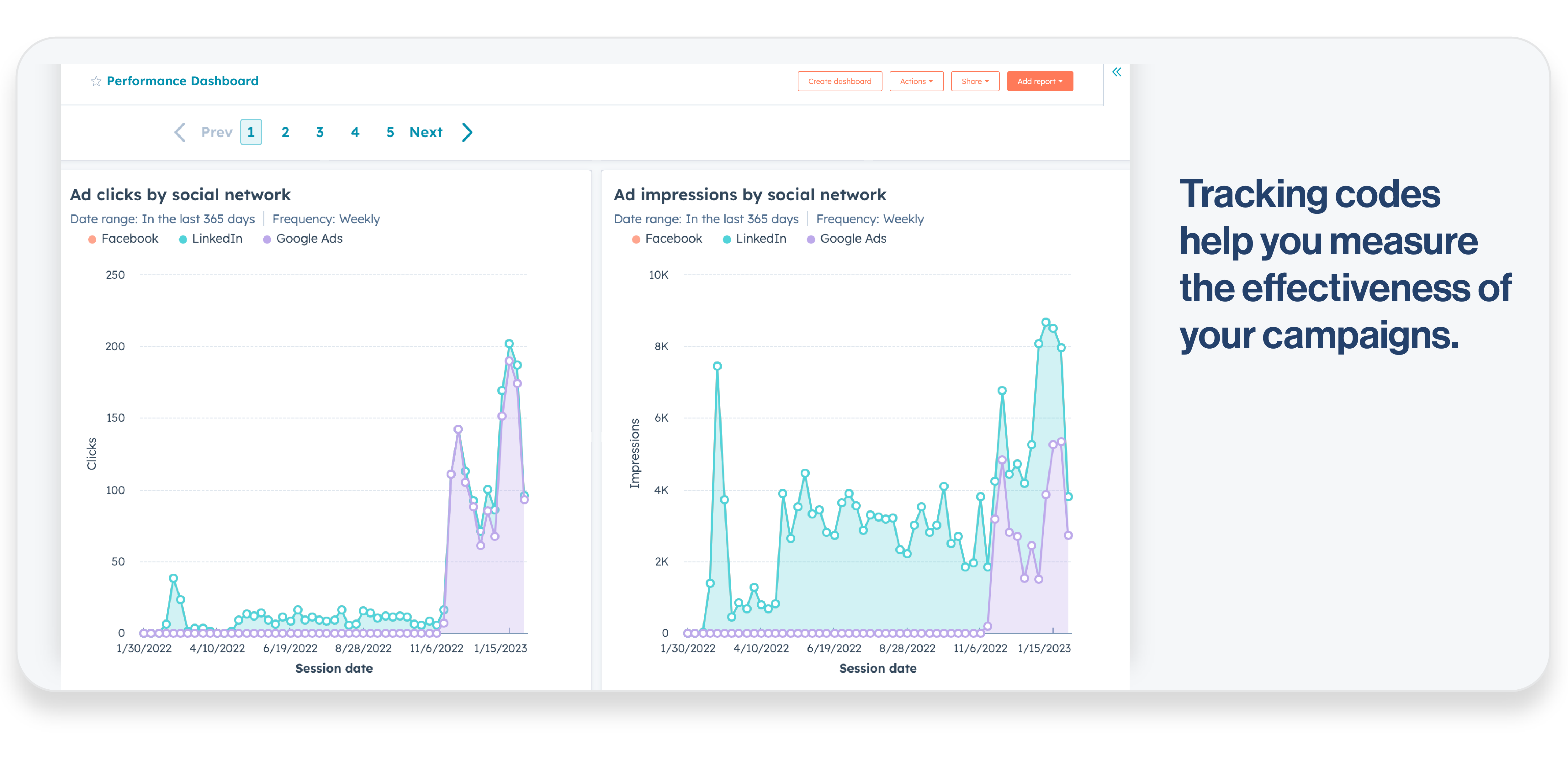As an asset manager in today's digital world, it is essential to be proficient in using Google Ads to compete effectively for the attention of advisors and prospective clients who are using Google to find answers to their questions.
Creating an effective Google Ads campaign can enhance your opportunity to reach your target advisors in this ultra-competitive online environment. A well-crafted and targeted Google Ads campaign will also increase your visibility, leading to more inquiries and conversions. Creating an effective Google Ads campaign requires several steps to be successful.
Create a Keyword List
The first step is to construct a quality keyword list. This includes selecting the most relevant keywords that distinguish your firm and represent the solutions you offer. Through its algorithms, Google will then display your ads when potential clients search for these specific keywords. High relevance is key as it will increase the prospect's chances of clicking on the advertisement and improve their chances of becoming a qualified lead.

Create Ad Copy
Quality ad copy should include a headline that grabs the advisor’s attention and a reference to an investment solution you want to highlight. Your copy should also have a call to action, such as offering a complimentary download. Educational content may help inform an advisor on a topic they’re interested in and can move them further in the sales funnel.
Establish Your Targeting Criteria
An effective Google Ads campaign should also include targeting. By targeting based on the ideal prospect you’re trying to attract, you help ensure you’ll get the most out of your advertising spend. Targeting by the types of investment strategies you offer will refine the number of prospects to those most likely to do business with you at some point.
Establish Tracking Codes
Your Google Ads campaign should include tracking codes. These will help you measure the effectiveness of your campaigns. Tracking codes provide data that includes impressions, click-through rate, the number of conversions, and other analytics data. This data should be regularly monitored to ensure your goals are reached, providing you with evidence that your Google Ads campaigns are working.

Set Campaign Goals
The final step is to set realistic goals. Goals should include your budget and projected return on investment, as well as the expected number of leads or impressions of the ad. Then, after you run a campaign, conduct a thorough review of your goals and how well the campaign performed. With that information, you can refine your goals for the next campaign.
Launch Your Campaign
Once your goals are set, you are ready to launch your campaign. After reviewing your campaign and ensuring all your settings are correct, submit your campaign for approval. Once approved, your ads will begin to show on result pages and other locations across the web. And don’t forget to optimize your campaign copy, keywords, CTAs and PCOs over time to keep it fresh and relevant.
Conclusion
To compete effectively for the attention of prospective advisors and clients in the online environment where they are searching for answers to their questions and challenges, you must be strategically adept at running a Google Ads campaign. By creating relevant keyword lists, writing quality ad copy, targeting the right audience, tracking data, and setting realistic goals, you can increase your visibility and attract the prospects most meaningful to the growth of your business.
